Ras El Hanout: The Spicy Secret Behind Morocco’s Legendary Flavor
Imagine a spice blend so mysterious, so rich in flavor, that it could make your taste buds throw a party. Welcome to the world of Ras El Hanout—a staple of Moroccan cuisine and one of the most fascinating spice blends in Global Spice Traditions.
In this article, we’ll break down exactly what's in Ras El Hanout, explore its cultural roots, give you practical cooking tips, and even offer a fun table comparing different regional variations. Let’s dive in!
Table of Contents
- What Is Ras El Hanout?
- What’s Inside This Magical Mix?
- A Pinch of History
- Cooking with Ras El Hanout Like a Pro
- Ras El Hanout Around the World: Regional Variations
- Frequently Asked Questions
- Final Thoughts
What Is Ras El Hanout?
If spices were royalty, Ras El Hanout would be the crown prince. The name itself means “top of the shop” in Arabic—a nod to the fact that only the finest spices were used to create this legendary mix.
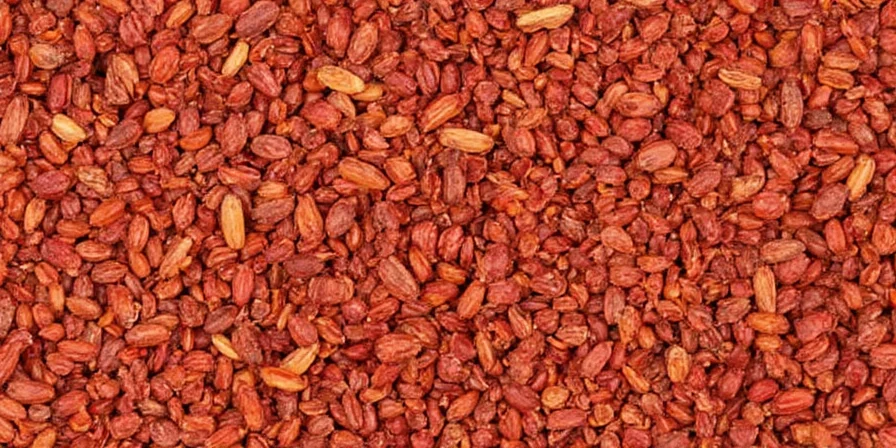
This isn’t your average pre-mixed seasoning from the grocery store shelf. In Morocco, each spice merchant crafts their own unique version, passed down through generations. Some versions contain as few as 10 spices; others boast more than 30!
What’s Inside This Magical Mix?
Now, let’s talk ingredients. There’s no official recipe for Ras El Hanout—it varies by region, family, and even the chef’s mood! But here are the common players:
- Cumin – Earthy and bold
- Coriander – Citrusy freshness
- Paprika – Smoky sweetness
- Cinnamon – Warm, sweet undertones
- Nutmeg – Slightly nutty and fragrant
- Allspice – Reminiscent of cinnamon, clove, and nutmeg combined
- Cloves – Intensely aromatic
- Ginger – Peppery warmth
- Black Pepper – Adds heat
- Turmeric – Colorful and earthy (also adds color)
- Fennel Seeds – Anise-like note (optional)
- Cardamom – Floral and complex
- Dried Rose Petals – For a floral touch (in some recipes)
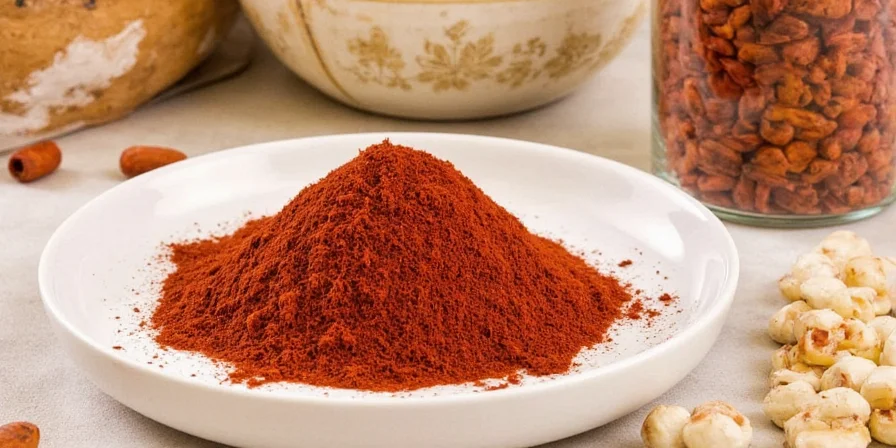
A Pinch of History
The origins of Ras El Hanout date back centuries in North Africa, particularly Morocco. It was traditionally used in festive dishes like Tagine and Kleftiko, where meats were slow-cooked to perfection.
Unlike mass-produced spice blends today, authentic Ras El Hanout was carefully curated by expert spice merchants who knew which spices would work together harmoniously. The blend wasn’t just about flavor—it was also believed to have medicinal properties, balancing digestion and energy according to traditional Berber medicine.

Cooking with Ras El Hanout Like a Pro
Whether you’re a seasoned pro or a curious home cook, here are some handy tips to get the most out of your Ras El Hanout experience:
- Toasting the spices: Lightly toast whole seeds before grinding them to unlock deeper flavors. Don’t burn them!
- Balance is key: Since it’s a complex blend, start with small amounts and adjust to taste. A little goes a long way.
- Marinate meats: Use Ras El Hanout to season lamb, chicken, beef, or even eggplant. Let sit for at least an hour—or overnight for richer flavor.
- Layer the flavor: Add it early in the cooking process to allow the spices to bloom in oil, then sprinkle a bit more at the end for freshness.
- Pair with yogurt or citrus: These ingredients help balance the richness of the spices.
- Try it in unexpected places: Pop a pinch into hummus, tomato sauce, or even popcorn for a savory kick.
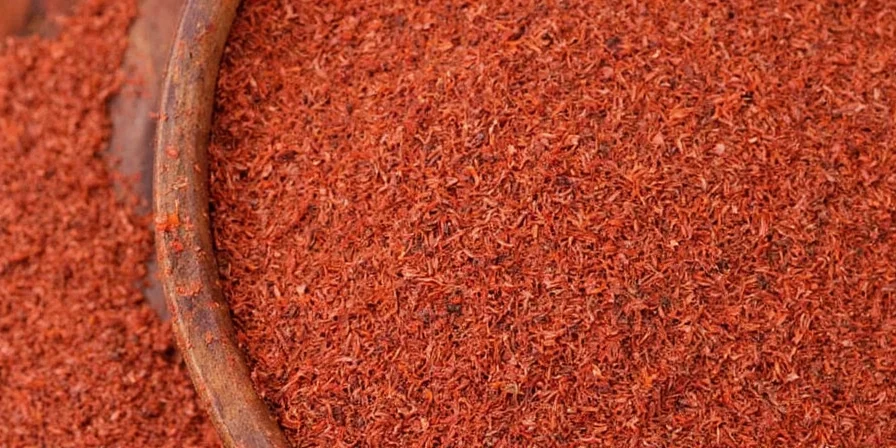
Ras El Hanout Around the World: Regional Variations
While Moroccan Ras El Hanout is the original, other regions and cultures have adopted and adapted the blend to suit local tastes. Here’s a quick comparison:
| Region | Common Ingredients | Flavor Profile | Typical Uses |
|---|---|---|---|
| Morocco | Cumin, coriander, cinnamon, ginger, turmeric, cardamom, cloves | Earthy, warm, slightly sweet | Meat dishes, stews, rice |
| France | Simpler version with fewer spices, sometimes includes chili | More accessible, less intense | Grilled meats, fries, burgers |
| UK | Mild blend with more paprika and pepper | Balanced, smoky | Curries, roasted vegetables |
| Australia | Lemon myrtle or native herbs added | Citrusy, herbaceous twist | Barbecue rubs, seafood |
| USA | Variety of commercial blends, often include turmeric and cayenne | Spicy, colorful, versatile | Stir-fries, tacos, roasted potatoes |
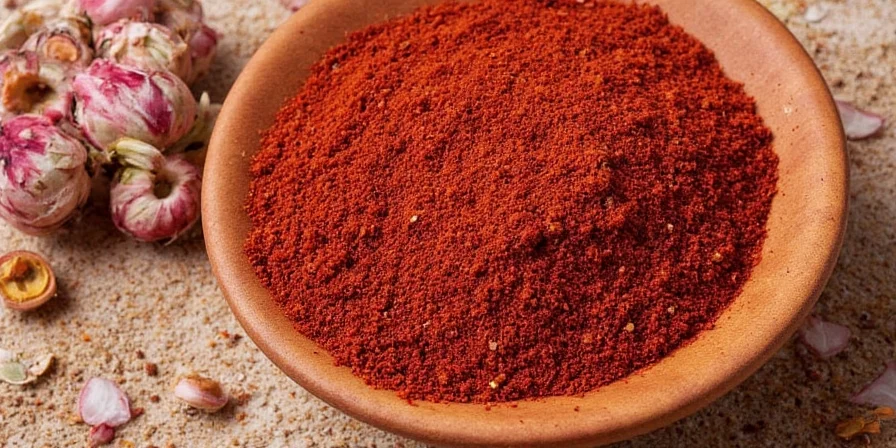
Frequently Asked Questions
Can I make my own Ras El Hanout at home?
Absolutely! While traditional recipes can be complex, many simplified versions exist. Start with a base of cumin, coriander, paprika, and cinnamon, and build from there.
Is Ras El Hanout spicy?
Not necessarily! Despite its intense flavor, it’s not inherently hot. If you want some heat, add a pinch of cayenne or crushed red pepper flakes.
How should I store it?
Keep it in an airtight container away from light and moisture. It stays fresh for up to 6 months.
What dishes go well with Ras El Hanout?
- Lamb shank tagine
- Chicken bastilla
- Vegetable couscous
- Roasted squash or carrots
- Grilled halloumi skewers
What’s the difference between Ras El Hanout and Garam Masala?
Both are complex spice blends, but they come from different culinary traditions. Ras El Hanout has North African roots, while Garam Masala is Indian. Ras El Hanout tends to lean more toward warm, smoky flavors, whereas Garam Masala often includes black and white peppercorns for more bite.
Final Thoughts
Ras El Hanout isn’t just a spice mix—it’s a flavor journey through history, culture, and culinary creativity. Whether you're exploring Moroccan cuisine for the first time or looking to elevate your everyday cooking, adding Ras El Hanout to your pantry is a move worth making.
Remember, there’s no single correct version of this iconic blend. Experiment, play around with ratios, and make it your own. Who knows? You might just discover the next legendary Ras El Hanout recipe that future chefs will be raving about.

Happy spicing!

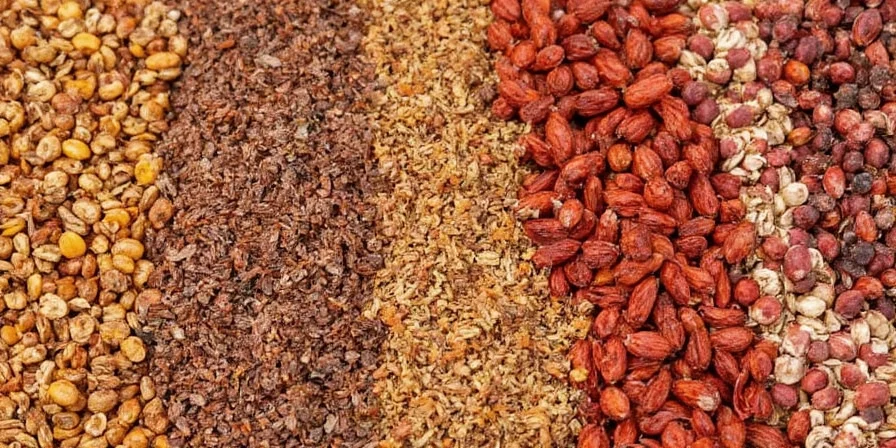









 浙公网安备
33010002000092号
浙公网安备
33010002000092号 浙B2-20120091-4
浙B2-20120091-4